
Gearfuse is bringing you reviews that you have never seen before, we call them spot reviews. No boos and no fancy paragraphs going on and on. Everything is kept in a precise and concise manner, covering absolutely everything you need to know whether you were thinking of buying or not. As we announced it a few days ago, here is the exclusive spot review of the TX80 phone, first in any non-Asian language site on the internet.
Bits and pieces
Model: Toshiba TX80
Background: Migration of the Softbank 811T model from Softbank Japan (ex-Vodafone KK Japan).
Market positioning: Mid-range music 3G phone
Market availability: Currently it is being sold by SmarTone-Vodafone in Hong Kong, we are also expecting it to be carried by FarEasTone in Taiwan, and hopefully by Vodafone in Europe.
Market price: 290 to 480USD depending on contract, which is way over priced.
SIM unlockable: yes, by paying SmarTone-Vodafone.
Out and about
Size and weight: (96 x 49 x 19.6mm 111g) Typical Japanese clamshell size, we consider the overall span reasonable with the 2.4� screen size and 3.2 Megapixel camera. Fairly pocketable thanks to the thinness.

Color variation: Black, White, Pink. The pink color scheme might appeal more to girls, also soothes up the weird design.
Design: funny looking and not the most attractive out there, you either like it or hate it. The Music buttons are arranged as a 4 directional key found on the surface between the stereo speakers. Shutter key, volume keys and Infrared port are found on the right. The microSD slot and headset jack are found on the left. Battery at the bottom, camera and LED flash module with manual macro/portrait focusing switch at the back.

Signal LEDs: These are multi-color lights found at each side of the hinge and are used to signal battery charging status, incoming calls, new messages and dropped calls. The lights will blink until you flip open the phone and acknowledge these missed events. This is a typical set-up on Japanese-Japanese phones, really handy when you leave the phone on the desk when you�re away, or turning off even the vibration in a serious meeting. This is something that we feel that European manufacturers might want to follow.

Keypad: huge keys measuring 13 by 6mm, good tactile feedback towards the soft side, extremely comfortable for SMS addicts. Backlight is blue, even and sufficient.
Built and durability: excellent built, no glitches at all. Shinny surface not prone to fingerprints. We didn�t manage to scratch it even by carrying it around in jeans pocket for 7 days.
Eyes to see, ears to hear
Main screen: 2.4� 262K TFT main display, brightness and color are great. However colors will fade under direct sunlight, visibility further limited by lack of anti-reflective coating.
Sub display: The 0.9� monochrome OLED displays basic information such as date and time, missed calls and new message arrival on standby, and also track information when playing music. Visibility under direct sunlight is good.

Camera(s): 3.2 Megapixels CMOS, with manual focus switch that you can choose between macro and normal; the power of LED flash is average. You can also use the internal VGA camera to take pictures of yourself.

Picture taking: Overall the camera is really speedy. To turn on the camera, you can either press and hold the shutter button at the side, or dig in the menu. The camera mode takes about 2 seconds to start up, shutter lag is less than half a second, saving a full resolution picture takes about 3 seconds. Other options such as night mode, self-timer, white balance, color control (light, intense, neutral) picture effects (sepia, black and white), exposure (-2 to +2) and date stamp are all in place. You may use resolutions from 96 x 128 to 2048 x 1536. The maximum digital zoom is 12.8 times. Shutter sound can be turned off. Picture quality turned out great, even with the fixed focus lens, most images are sufficiently sharp. Night performance is well above average. Auto white balance is generally accurate outdoor, but it seemed to have some problems indoor. Personally I would say that pictures are comparable to Nokia N80, but loses out to SonyEricsson K800i in terms of sharpness, accuracy of color reproduction as well as flash (xenon vs LED). Full sized picture samples coming up soon, once the line is fixed after the earthquake.
Video recording: Videos can be recorded in QVGA or 176×144 resolutions. Since the format supported here is 3G2, the sound quality won�t be the best. The videos taken however, are quite smooth.
Ringtone: the use of MP3 files are unlimited, say buh-bye to stupid DRM. The 64 chords polyphony came out with great quality, too bad the volume is even softer than the Sharp 903.
Music formats supported: AMR-NB, AAC-LC, HE-AAC, MP3
Video formats supported: MPEG4, H.263(0)

Music functions: The music interface is intuitive and background playback is supported. Sound quality is on pair with SonyEricsson Walkman phones (i.e. no hiss, unlike the Nokia 5300). The bundled remote allows users to move around tracks and adjust the volume without taking the phone out of the pocket, and also attached your favorite headphones to the other end. It is a pity that there are no equalizers built in and Bluetooth A2DP profile is not supported. These two have discredited part of TX80�s �music phone� claim.
Streaming media: this actually has more to do with the reception, where we found no fault with.
Camera sample
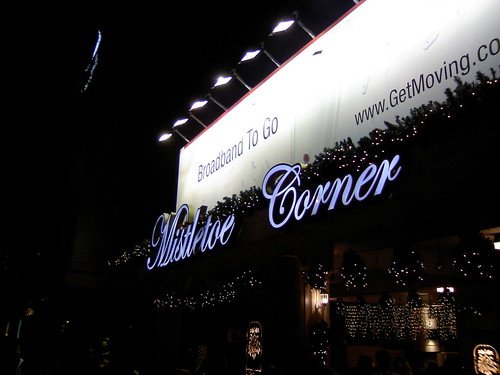

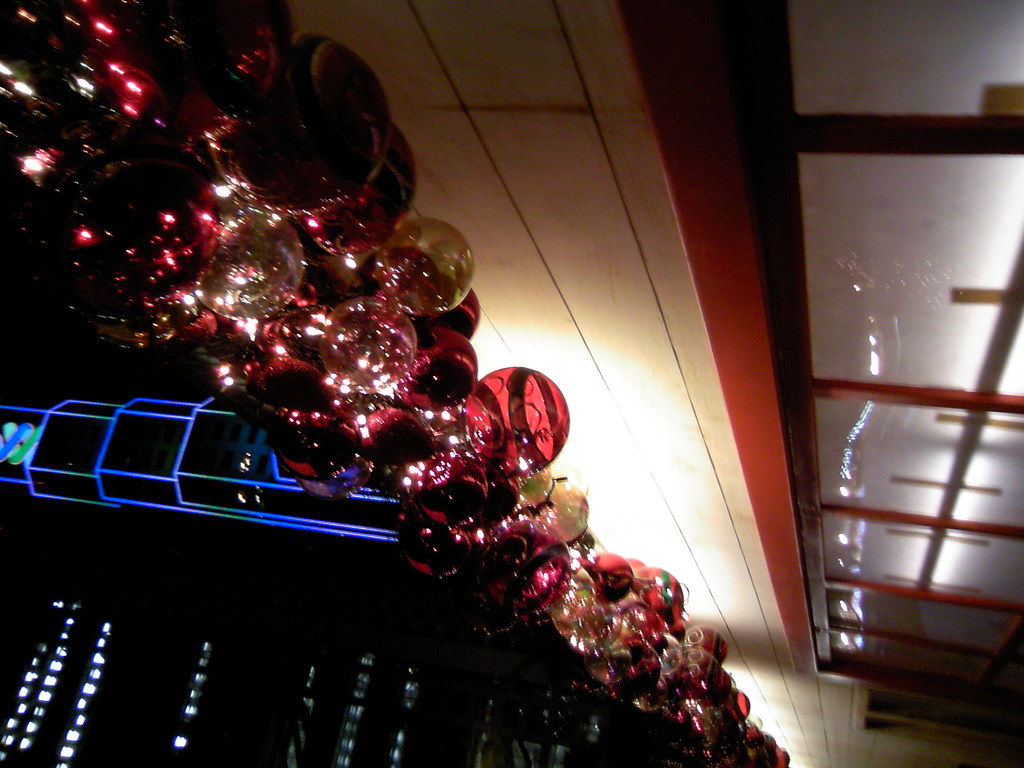
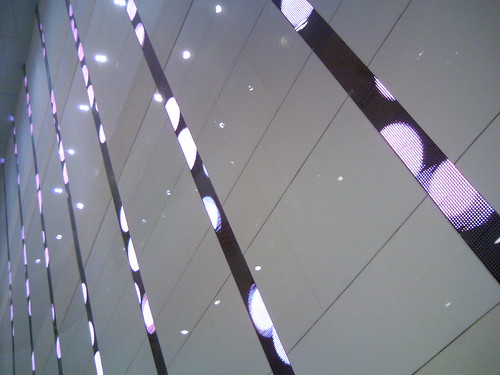


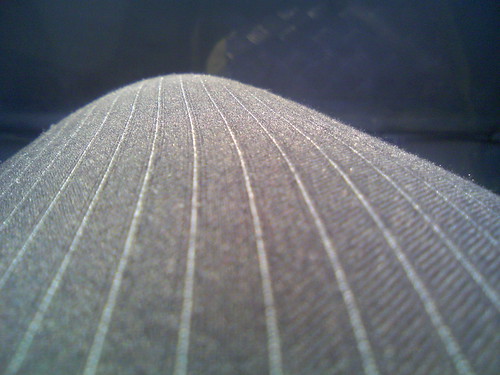

User interface: similar looking to Vodafone�s standard interface. Red bar at the bottom cannot be removed, apart from the stand-by screen, where the softkeys are transparent. There are 4 themes built in, but users cannot download or install new themes themselves. Button response is instantaneous. No crashes and no freezes.
Memory: 40MB internal memory plus microSD supporting up to 1GB.

Make the call
Frequencies and band: UMTS 2100, triband GSM 900/1800/1900
Data: UMTS, GPRS class 10, no EDGE
Reception: excellent, no hisses and no drop calls.
Miscellaneous functions supported: speaker phone, flight mode
Miscellaneous functions not supported: voice dial, voice command
Battery size: 880mAh
Battery life: 330hours of standby translates to approximately 3 and a half day of what we consider average usage. Streaming multimedia over the network is extremely power hungry. Toshiba also claimed that voice calls can last up to 6 hours, just to give you an idea.
Connectivity
Infrared: supported. Worked well. Can also act as a modem for your laptop.
Bluetooth: not supported. Come on, how expensive is a Bluetooth module, 3USD?
USB2.0: the TX80 can act as a card reader/writer for the microSD card for your PC.
Messaging, PIM and games
Messaging: SMS and MMS only. Email is not supported
PIM programs: Calculator, converter, world clock, alarm, voice recorder, countdown timer, notepad; also supports backing up contact list and calendar entries on to memory card. vObject transfer is also supported.
Browser: WAP only, no full Html browsers built in.
Games: JAVA MIDP2 supported, SmarTone-Vodafone�s GSX 3D game engine supported
It�s a wrap
We have generally found not fault with the TX8, just a couple of missing features. The lack of Bluetooth is perhaps the biggest deal breaker here (given it’s retail price). The camera worked well (which you will see, once we have the graphics up), reception is great, battery life is above average for a phone at its class… but really, don’t expect too much on top of the usual phone functions. — Sam Chan
Toshiba TX80 [SmarTone-Vodafone] Unboxing the 3.2MP Toshiba TX80 (811T) UMTS music phone [Gearfuse]
 Gearfuse Technology, Science, Culture & More
Gearfuse Technology, Science, Culture & More
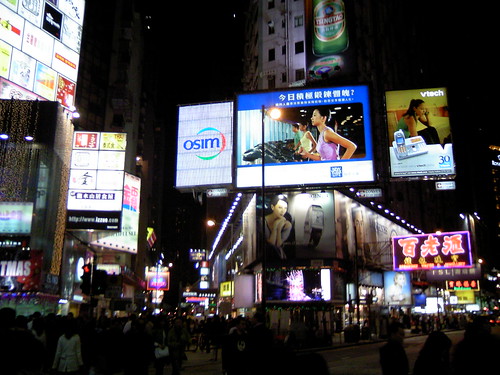




How would you say the camera compares to sony ericsson k800i? Is there a fast way to activate the camera mode or is it buried in menus? Does the phone have to be flipped open to use the camera? Finally, can you comment on continous shooting mode – is it full resolution, fast, can you choose which shots to save or does it just save as long as you hold the button?
Thanks for your inquiry, updated paragraph
“To turn on the camera, you can either press and hold the shutter button at the side, or dig in the menu. The camera mode takes about 2 seconds to start up, shutter lag is less than half a second, saving a full resolution picture takes about 3 seconds. Other options such as night mode, self-timer, white balance, color control (light, intense, neutral) picture effects (sepia, black and white), exposure (-2 to +2) and date stamp are all in place. You may use resolutions from 96 x 128 to 2048 x 1536. The maximum digital zoom is 12.8 times. Shutter sound can be turned off. Picture quality turned out great, even with the fixed focus lens, most images are sufficiently sharp. Night performance is well above average. Auto white balance is generally accurate outdoor, but it seemed to have some problems indoor. Personally I would say that pictures are comparable to Nokia N80, but loses out to SonyEricsson K800i in terms of sharpness, accuracy of color reproduction as well as flash (xenon vs LED). Full sized picture samples coming up soon, once the line is fixed after the earthquake.”
yes the phone has to be flipped open in order to use the camera, since the screen cannot swivel and the ext OLED cannot act as a viewfinder
continuous shooting mode: not supported
Some Questions:
1) Is the Memory card hot swap?
2) Does the Navi GPS software work for countries like in Canada? or is it locked only for Japan Softbank?
Thanks man
There is no GPS on the TX80, so the GPS is found on the Japanese version, and is locked to Japan
the memory card is of course hot-swappable
for the battery life, how many hours would you say if I only used this cell phone to play music (flight mode)?
There’s no official data on that, but it won’t last as long as SonyEricsson’s Walkman phones for sure. My educated guess is 15hours.
is the re-sell value of this phone high?
Depends on where you’re selling it, and what’s gonna come out in the market in the coming months. Nobody knew that the Sharp 903 still managed to top most camera reviews 2 years after its launch, because of its large AND CCD sensor.
comparably the TX80 does not have as much flare, a 3MP Nokia s60 flip phone down the line can easily take over the interest.
I just purchased a TX80 and I’m pretty impressed with the display. Its as good as Sharp’s Aquos and the screen is big too. However I’m wondering if you can download wallpapers onto the phone? Currently, I’m forced to use one of the four default themes.
I also saw a couple of people have uploaded videos (or movies) onto the phone. How can this be done?
Finally, the sample pictures you took above look great but my pictures turn out blurry all the time. I find one needs to have a very steady hand and because it does not have AF affects the picture quality a lot.
Thanks
You can of course download wallpapers onto the phone (from ur PC to memory card, or from online sites), and set them as wallpaper from the options menu, just like all other phones, select your pic, click options, set-as, wallpaper. conversely go to settings>display>wallpaer and select your own file. this feature should be on 99.9999% of phones in the market.
videos: copy them (in 3GP) into the memory card, get a card reader, put them onto the same folder as where the videos taken by the camera would appear.
Yes you need steady hands to take pictures for all camera phones…. no matter how expensive/ cheap they are.
Do you know where I can get a free 3GP converter. So far I’ve used Alive 3GP video converter (that works) but its only trial version.
How about the sound quality, music player MP3 quality?
I heard from others that Toshiba mobile got a problem with Mp3 player because it will only play DRM-free AAC and fixed bit-rate MP3 files and for a phone with serious music-playing pretentions that�s a big limitation. They tried loading some variable bit rate (VBR) encoded tunes, which give better sound quality for the file size and the phone simply refused to play them